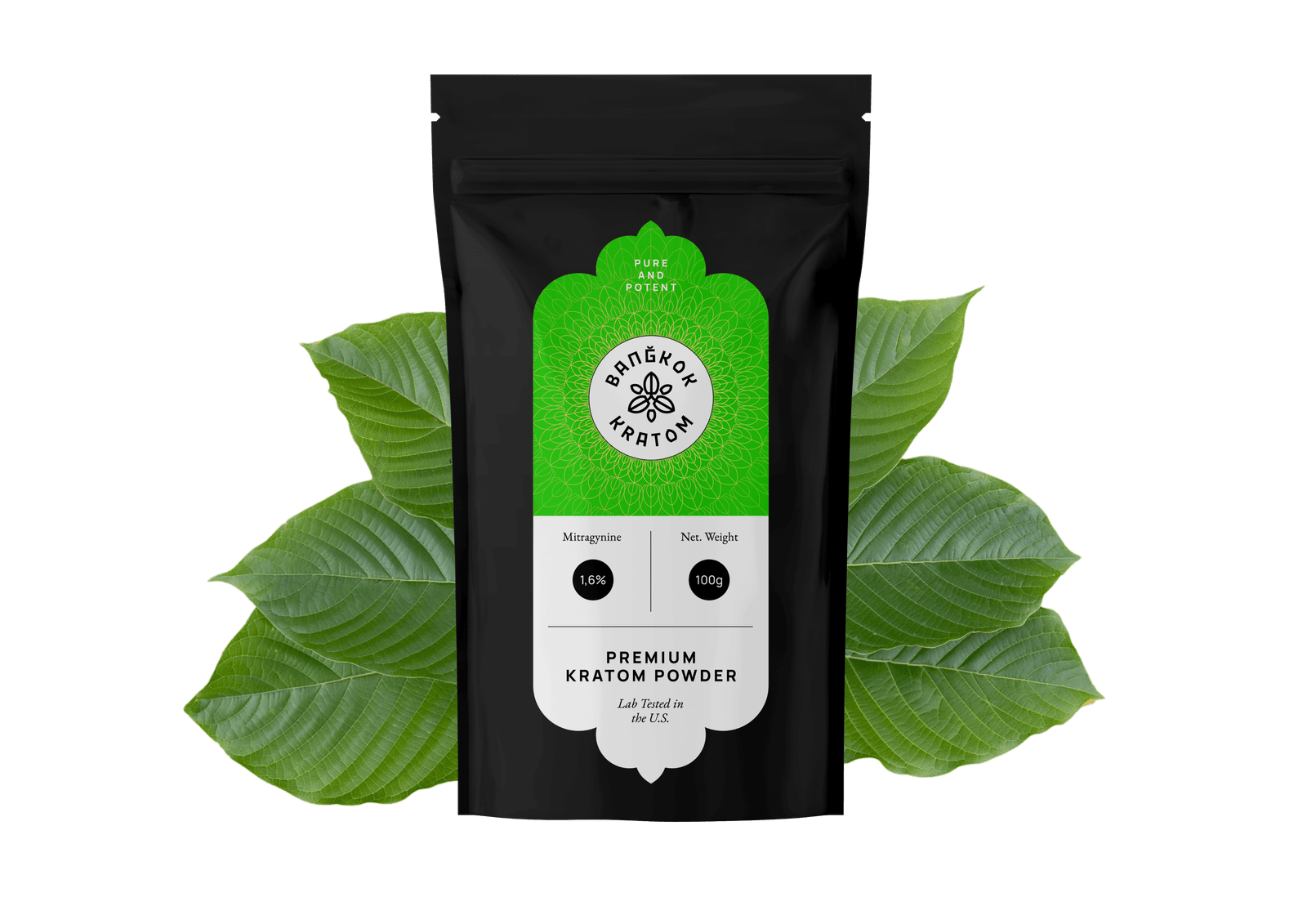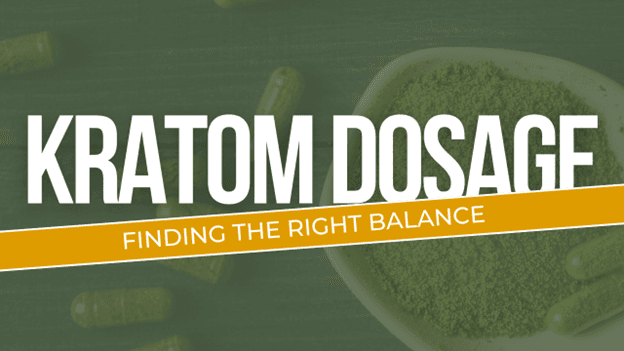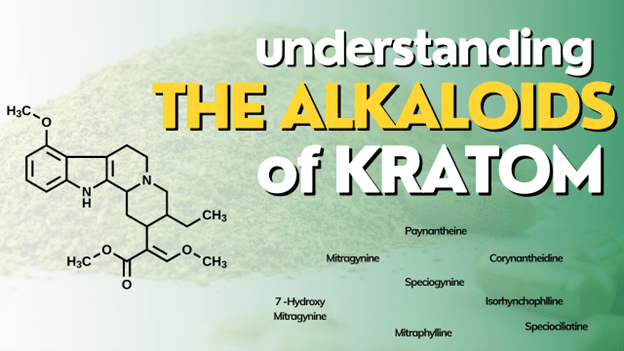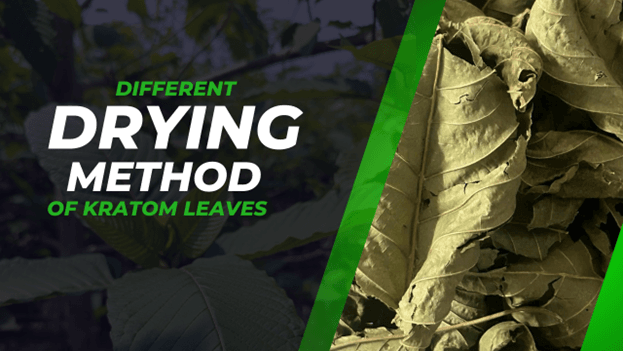
Different Drying Method Of Kratom Leaves
November 18, 2024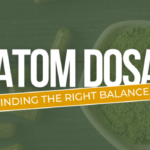
Kratom Dosage: Striking the Perfect Balance for Your Needs
November 21, 2024Understanding Kratom’s Alkaloid Profile:
Key Compounds and Effects
Dive into the chemistry of kratom’s
alkaloids like mitragynine and 7-hydroxymitragynine. Learn how these compounds
shape kratom’s unique effects and potential benefits.
Introduction: The Complex Chemistry
Behind Kratom
Kratom (Mitragyna speciosa), a
tropical plant native to Southeast Asia, has sparked attention for its
potential to boost energy, ease discomfort, and support mood. At the core of
kratom’s unique effects is a powerful blend of alkaloids—naturally
occurring compounds that interact with the body in various ways. With over 40
alkaloids in each leaf, this article explores the most significant compounds,
their chemical properties, and how they contribute to kratom’s unique profile.
What Are Alkaloids?
Alkaloids are organic compounds found in
plants that contain nitrogen atoms. They often have potent physiological
effects on humans and animals. Familiar compounds like caffeine, nicotine, and
morphine are all alkaloids. In kratom, alkaloids are responsible for its
potential effects, which range from stimulant-like energy boosts to analgesic
(pain-relieving) benefits, depending on the type and dosage.
The Primary Alkaloids in Kratom
While kratom boasts a variety of alkaloids,
five stand out for their distinctive properties and effects:
1. Mitragynine
Mitragynine
is kratom’s most abundant alkaloid, comprising 60-70% of its total alkaloid
content. Known for its energizing and analgesic properties, it is the primary
driver of kratom’s stimulant effects.
- Pharmacological Properties:
Mitragynine interacts with mu-opioid receptors in the brain but does so
less intensely than traditional opioids, which reduces risks like
respiratory depression, a common side effect in conventional opioids
(Prozialeck et al., 2012).
- Effects: At lower doses,
mitragynine can act similarly to caffeine, promoting energy and alertness.
In higher doses, it can provide pain relief and relaxation, contributing
to its traditional use for pain management and to alleviate opioid
withdrawal.
2. 7-Hydroxymitragynine
Despite comprising less than 2% of kratom’s
total alkaloid content, 7-hydroxymitragynine is incredibly potent and is
mainly responsible for kratom’s pain-relieving properties.
- Pharmacological Properties:
Research indicates that 7-hydroxymitragynine is up to 13 times more potent
than morphine for pain relief (Kruegel & Grundmann, 2018). It binds to
opioid receptors in the brain, specifically the mu-opioid receptors,
providing strong analgesic effects.
- Effects: Even in small amounts,
7-hydroxymitragynine contributes significantly to kratom’s sedative and
pain-relieving qualities. This alkaloid is also linked to potential
dependence with long-term.
3. Paynantheine
Paynantheine
is kratom’s second most abundant alkaloid, accounting for about 8-9% of its
total alkaloid content. Its effects, while mild, add to kratom’s relaxing
profile.
- Pharmacological Properties:
Paynantheine acts as a smooth muscle relaxant, providing mild relief from
muscle tension and discomfort. Unlike mitragynine or 7-hydroxymitragynine,
it doesn’t target opioid receptors, contributing instead to kratom’s
anti-inflammatory and muscle-relaxing properties.
- Effects: Paynantheine is believed
to help with relaxation and mild sedation, making it ideal for users
seeking muscle relaxation and calm.
4. Speciogynine
Making up around 6-7% of kratom’s alkaloid
profile, speciogynine is less studied but is thought to offer
muscle-relaxant properties.
- Pharmacological Properties:
Speciogynine works by inhibiting smooth muscle contraction, helping
alleviate muscle tension. Though it does not directly impact the central
nervous system, it supports kratom’s relaxing effects.
- Effects: Speciogynine plays a
supportive role in kratom’s overall profile, aiding in relaxation and
muscle comfort, especially at higher doses.
5. Corynantheidine
Corynantheidine is a unique alkaloid in kratom because it acts as an opioid
receptor antagonist, which can block certain effects at opioid receptors.
- Pharmacological Properties:
Corynantheidine acts as a competitive antagonist at opioid receptors,
meaning it can inhibit the binding of mitragynine or 7-hydroxymitragynine.
This action may reduce the risk of respiratory depression associated with
traditional opioids, potentially contributing to kratom’s relatively safer
profile.
- Effects: Corynantheidine may help
moderate kratom’s effects, especially at higher doses, and may also reduce
the risk of overdose. However, more research is needed to fully understand
its role in kratom’s complex effects.
Supporting Alkaloids in Kratom
Beyond the major alkaloids, kratom contains
numerous minor compounds that contribute to its unique profile:
- Isomitraphylline: This alkaloid has
shown potential for immune support and anti-leukemic properties, though
it’s present in very low concentrations.
- Rhynchophylline: Known for its
antihypertensive and anti-inflammatory effects, this alkaloid may
contribute to kratom’s calming effects.
- Akuammigine: Found in small
amounts, akuammigine is thought to have mild sedative properties, adding
to kratom’s relaxing impact, especially at higher doses.
The Synergy of Kratom’s Alkaloids: The
Entourage Effect
While mitragynine and 7-hydroxymitragynine
are kratom’s heavy hitters, other alkaloids contribute to an “entourage
effect.” This phenomenon, similar to what is seen in cannabis research,
suggests that the combined action of multiple compounds produces effects that
are greater than the sum of their individual parts. Kratom’s alkaloid blend
creates a complex profile, which may explain the range of experiences reported
by users, from increased energy and focus to calm and relaxation.
Conclusion: Understanding Kratom’s
Alkaloid Complexity
Kratom’s unique effects are the result of a
complex alkaloid profile, with mitragynine and 7-hydroxymitragynine
at the forefront. These primary alkaloids offer stimulating and pain-relieving
properties, while additional compounds like paynantheine, speciogynine,
and corynantheidine add depth to kratom’s overall effects. Understanding
these compounds helps consumers and researchers alike to appreciate the science
behind kratom and the importance of using it responsibly.
As research progresses, we’ll continue to
gain valuable insights into kratom’s potential, refining our understanding of
its diverse range of effects. For those looking to experience kratom safely and
effectively, learning about its alkaloid content is a crucial step.
Disclaimer
The content provided in this blog is for
informational purposes only and based on publicly available scientific research
and personal opinions. It is not intended as a substitute for professional
medical advice, diagnosis, or treatment. Always seek the advice of your
physician or a qualified healthcare provider for any medical concerns. Do not
disregard professional advice or delay seeking it because of something read
here.
Use at Your Own Risk:
All information presented is used at the reader’s discretion. The author is not
responsible for any outcomes, damages, or losses resulting from the use of this
information. Always consult with a professional before making decisions related
to your health, legal matters, or financial investments.
No Guarantees of Accuracy:
Efforts have been made to ensure the accuracy of this information. However,
research on kratom and related topics is ongoing. This blog does not guarantee
the completeness, reliability, or accuracy of its information.
Not a Substitute for Legal or
Professional Advice:
This blog does not provide legal or medical advice. For such services, consult
with qualified professionals.
Product Endorsement:
Mentions of specific products or third-party websites do not imply endorsement,
recommendation, or guarantee of quality. External links are provided for
convenience, and the author is not responsible for external content.
Legal Liability:
To the fullest extent of the law, the author disclaims liability for any
direct, indirect, or consequential losses resulting from the use of this
content, including but not limited to legal disputes or health issues.
Comments and User-Generated Content:
User comments reflect their views, not the author’s. The author reserves the
right to edit or remove comments deemed inappropriate.

